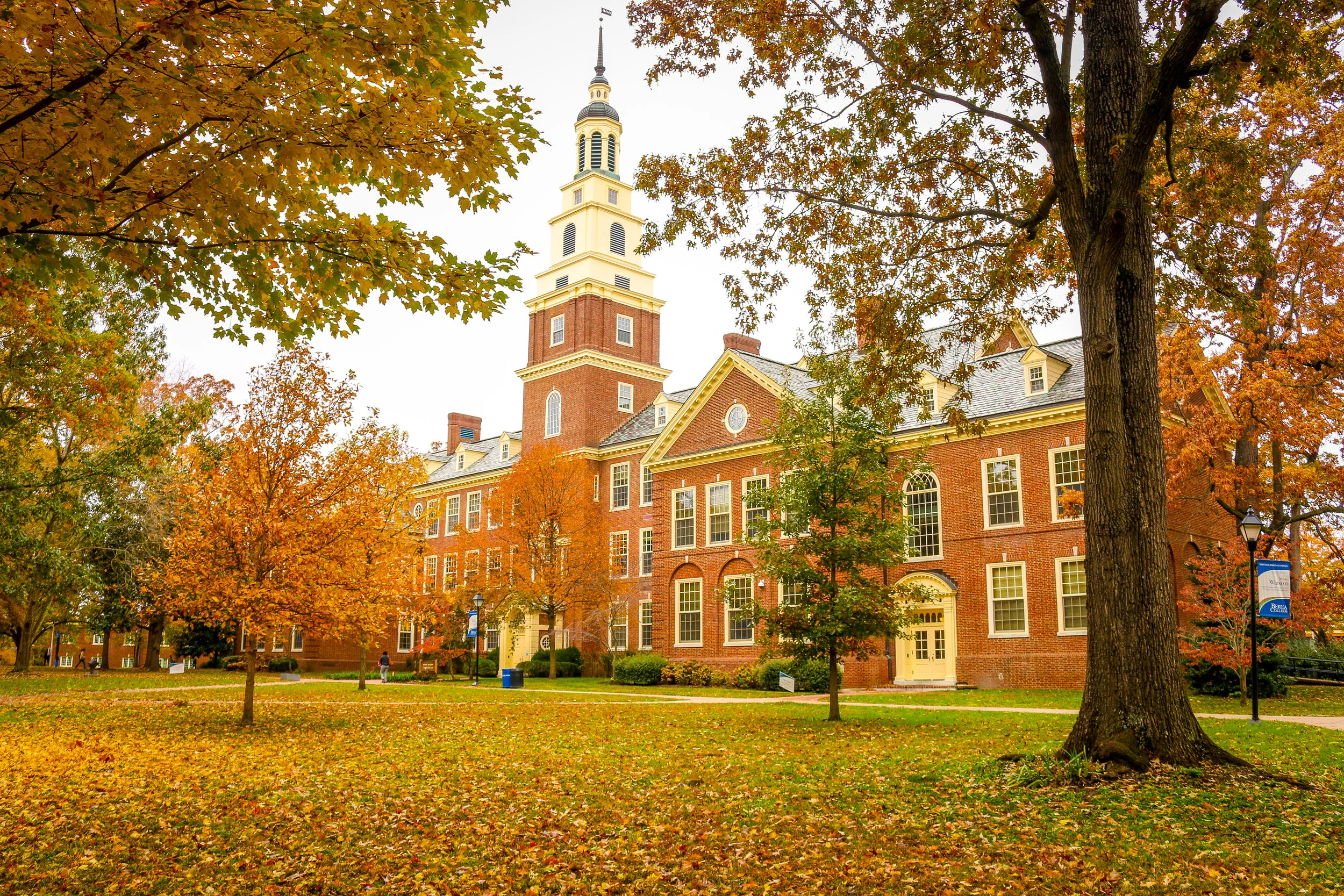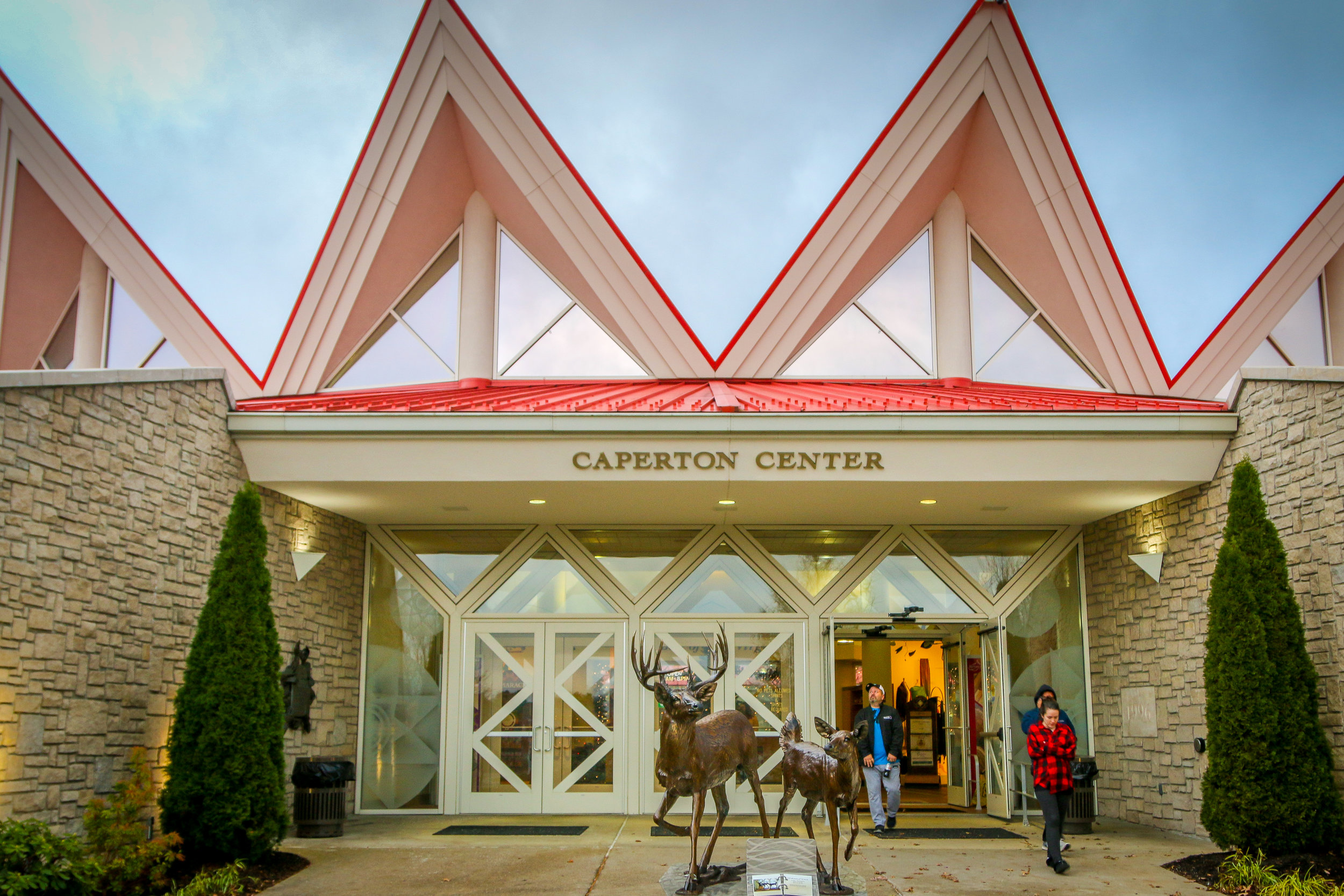Last week I was passing through the town of Berea, doing some research on something called the Day Law. The Day Law was passed in July 1904 and I found it interesting because it is the only example I can think of of a law that was passed to force segregation on a voluntarily integrated school. It was a tragic episode and one I hope to call attention to in my next podcast. While I was researching the story, I had a few questions I couldn’t seem to find the answer to, so I stopped by the Berea College Visitor’s Center to see if they could point me in the right direction. As it turned out, the young lady who was working there was a campus tour guide who not only could answer my specific question, but offered to take me on a tour of the campus as well. I’m really glad I took her up on it, because it was a truly fascinating and inspiring place and one I think we could all learn some lessons from.
Berea College was founded in 1855 by minister, educator and staunch abolitionist John Gregg Fee on land donated by fellow abolitionist Cassius Marcellus Clay (namesake of the Kentucky boxer better known by his Muslim name: Muhammed Ali). The college ran for its first few years out of a single building which was a classroom during the week and a church on Sunday. It was founded as the first racially integrated, coeducational college south of the Mason-Dixon line…
West Virginia is now behind me, fading away in my rearview mirror, but not in my memory or my heart. I chose West Virginia to start this 4 year journey for a reason. West Virginia is one of the most misunderstood states in the country. People have an image in their head of a bunch of backwoods hillbillies picking their banjos and sipping moonshine from a mason jar. And there is certainly some element of truth to that, but that isn't the whole story. West Virginia is a beautiful place with a wonderful State Park system, some top-notch universities, a deeply proud musical tradition, some fun and vibrant cities and a host of off-the-beaten-track sites, shops and restaurants to enjoy. The people, though maybe a little shy, are kind and friendly and generally very welcoming.
Tamarack is an incredible idea executed flawlessly. In their own words, Tamarack's vision is to be "recognized globally as a dynamic catalyst and premiere showcase for all aspects of advancing West Virginia arts, crafts and food products and those who produce or perform them". I don't know what I expected when I walked into Tamarack, but it certainly wasn't what I ended up finding there. People had described it to me as a high end arts and crafts market, but it is so much more than that. Tamarack bills itself as "The Best of West Virginia", and after visiting two days in a row, I can say that slogan much better describes what I experienced there.
Sitting right off Interstate 64 in south-central West Virginia and just outside the town of Beckley, Tamarack may be one of the best ideas I've come across in a long time. It opened its doors in 1996 and has never looked back. Tamarack showcases West Virginia's best artists and craftspeople, but is also a restaurant, a conference center, a community gathering place and a work of art in its own right. As soon as you walk through the door, your senses are enveloped by West Virginia...




